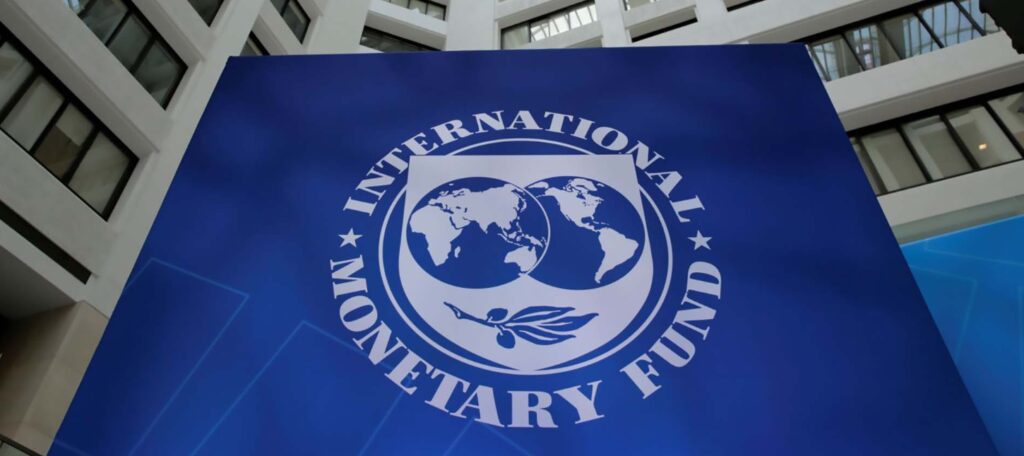In the dynamic landscape of cryptocurrency, balancing innovation and risk is pivotal. The International Monetary Fund (IMF) steps into this delicate dance with a comprehensive framework aimed at dissecting and managing systemic risks tied to crypto assets.
A Guiding Framework Unveiled
“Understanding and Tracking Systemic Risks from Crypto Assets” isn’t just a paper; it’s a clarion call for heightened scrutiny and strategic action. The IMF crafts a sophisticated, multi-dimensional blueprint, addressing the intricate interplay between rapid technological advances and potential financial turbulence.
Crypto Risk Assessment Matrix (C-RAM): A Close Look
Delving into the realms of global and jurisdictional risk, C-RAM emerges as a robust tool. It’s meticulous, targeted, and poised to transform how we navigate the ebbs and flows of crypto’s turbulent waters.
A Three-Pronged Approach
The framework isn’t just thorough; it’s adaptive. It integrates a decision tree, examines critical indicators and delves into global macro-financial risks – each step a pivotal move towards comprehensive risk management.
Crypto assets are blossoming, carving out a distinct niche in the financial sector. Yet, with this explosive growth comes a complex set of challenges, magnifying the need for a well-articulated regulatory mechanism.
Decoding Systemic Vulnerabilities
There’s a burgeoning conversation about the intricate weave of benefits and potential pitfalls associated with crypto assets. Lower transaction costs and increased financial inclusion stand contrasted by looming systemic risks and regulatory ambiguities.
As corporations embrace crypto, a silent spectre of risk looms. The integration into payment systems and supply chains amplifies vulnerability, casting a spotlight on profitability and cash flows and making the need for robust risk management strategies unmistakably evident.
Bridging the Gap
Traditional finance tools are grappling to keep pace with crypto’s meteoric rise. The IMF paper is a bold step towards harmonizing legacy financial systems and the burgeoning world of crypto assets.
The paper is a product of profound research and insights, echoing the collective voice of an internal working group. It’s not an official policy yet, but a profound insight that could potentially shape future regulatory landscapes.
International Cooperation: The Cornerstone
In the seamless world of crypto, cross-border collaboration isn’t a choice; it’s a necessity. Enhanced information sharing and data reporting emerge as quintessential elements, fuelling effective oversight and risk mitigation.
The Final Frontier
In the midst of crypto’s swift ascent, the IMF’s proactive stance heralds a new era. An era where risks are not just identified but managed, where innovation and stability coexist, and where the future of finance is not just predicted but meticulously crafted.
The IMF paper isn’t just a response to the crypto boom; it’s a forward-thinking approach to weave regulatory and policy frameworks into the fabric of digital asset innovation. As crypto assets continue to redefine the contours of the financial landscape, this framework could potentially be the compass guiding us through uncharted waters.












